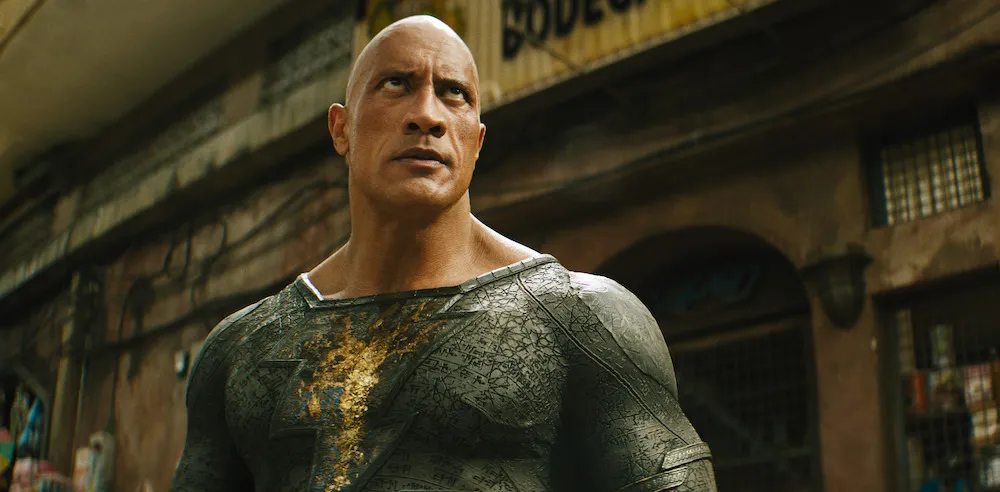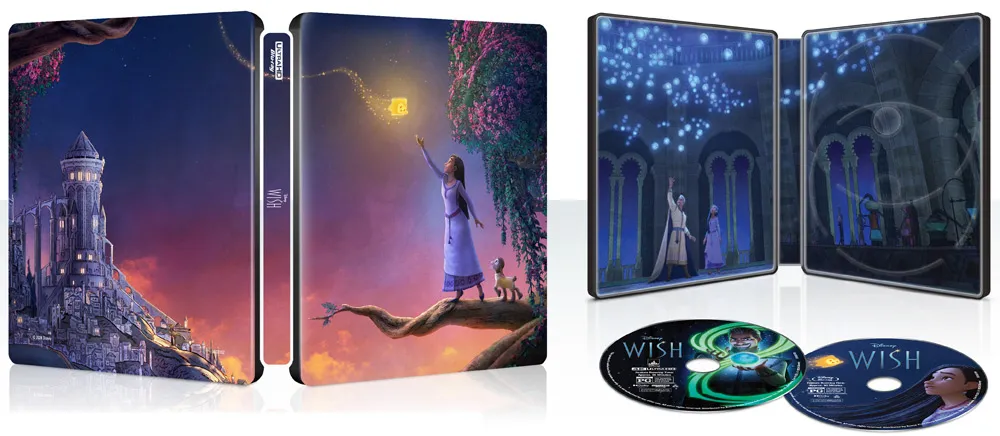At first glance, Lost Dimension, by developer Lancarse and published by ATLUS (in North America), seems like another run-of-the-mill strategy RPG with heavy Japanese influences. But once the game gets going, and the abstracts that define classic JRPGs are looked past, what is left is a fantastically deep RPG that builds and builds, layering so many ideas and obstructions on the player that by the end, Lost Dimension proves that it is in a class by itself.
The story is classic anime. A bad guy, here called The End, is bent on destroying the world, and the opening cinematics show him eradicating billions of people with the threat to finish the job in 13 days. The UN sends a team of 11 “gifted” teens, part of a spec ops group known as SEALED, to attack The End’s headquarters, a mysterious tower.

The key to combat is to position your team for maximum effect, including devastating Assist Attacks.
Once inside, The End manipulates the group — first by wiping their memories, and then by systematically forcing the group to single out and erase traitors in their midst as they climb his tower. As the group surges forward, each time they get to a new level, they have to lose a member. And since each member has no prior recollection of memory, the group votes on who to erase. This forces the player, in the guise of team lead Sho Kasugai, to pay close attention to all the subtle hints, as well as develop deep bonds with as many of teammates as he can so he doesn’t accidentally eliminate the wrong person and seed the traitor in his core group of six, who handle the bulk of the combat missions.
The group climbs to the top, completing main missions and side quests, leveling up, buying new weapons and accessories, and even expanding their gifts until they are incredibly powerful, but if the player has been wrong about the traitors, Sho could be giving the wrong people too much power and dooming the world to destruction.

Between missions, you can chat with your team, but only the first two conversations raise camaraderie with those characters.
And it is this dynamic that separates Lost Dimension from other games in the strategic RPG genre. By the second level of the tower, after the first Judgment to erase the first traitor, Lancarse has piled so much onto Sho’s shoulders that watching his back becomes just as important as ascending the tower to stop The End. It’s powerful, and a little scary, and the real beauty here is that it’s completely randomized who the traitors are. No two games are the same, so the traitors in my game could be (and will be) different than yours. That means that my gaming experience is tailored to the conversations that I’m having with my group, the visions that my Sho is having, and the decisions I’m making affect me and mine, and not the game as whole. That’s some deep stuff.
Lost Dimension is also paced incredibly well. Not too much is dumped on the player and the knowledge of the game, its mechanics, and its mythos is presented naturally. In early missions, I had little trouble defeating the enemies, but as the climb began, those enemies became stronger and demanded a more tactical approach. Luckily, I could counter that by developing my gifts. Each member of the team has a specialty — or “gift.” One can teleport, one has pyrokinesis, another has telekinesis, one can control magnetism, one has super strength, we have a dedicated medic, a few have kick ass gun skills, and it’s up to the player to create a team of six of those individuals and their powers to take on each mission.
Completing missions earn ranking scores — “S” being the best — and earning XP and “money” to buy better weapons. Missions can be replayed for grinding (and it becomes necessary if you’ve chosen your traitors poorly). Upgrading and maxing out gifts is paramount to successfully climbing to the top of the tower and Lancarse even gives players a freebie, as any traitor who’s erased leaves behind their skills in the form of a crystal that can be given to another player and that player gets all the lost characters traits and gifts, so as you lose team members, the ones who remain grow even stronger. As I said, Lost Dimension is a running-on-all-cylinders gaming experience.
There is limited voice work and the dialogue is definitely based off a Japanese script, but players do get to intimately know these characters in the 25-30 hours it takes to complete a play-through. The music is also as strange as the story, but it works here. It all works here.
Lost Dimension is a stellar game that presents itself as one thing, but very quickly proves itself to be something more. A refined combat system that relies on placement and distance, as well choosing the right team for the right mission compliments a game mechanic that drew me in deeper than I thought it would, and I ended up loving every second of it.
Also, for the first two weeks, players who begin the climb up The End’s tower will receive $20 in free DLC in the guise of alternate costumes, PSN avatars, and more.
Lost Dimension is available for both the Playstation 3 and PS Vita, but unfortunately, it’s not a cross-buy game. The Vita version is identical to the PS3 version. This review was played on both systems and was made possible by a dual review code provided by ATLUS.





